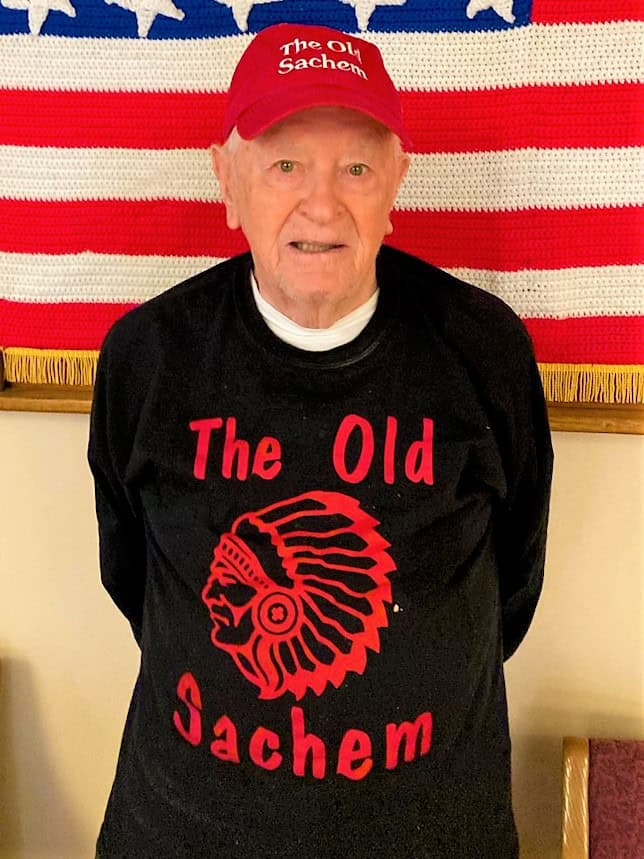By Bill Stewart
If you were old enough, as I was, you may remember the Great Bank Robbery in Boston. On Jan. 17, 1950, a gang of 11 men robbed the Brink’s building in Boston’s North End of $2.775 million, which would be $35.1 million today. It was named “The Crime of the Century” at the time. The robbery was not solved for six years until Joe O’Keefe testified a few days before the statute of limitations would have expired.
Of the group of 11 who took part in the robbery, eight would receive life sentences after the trial, and two others had died. Joe O’Keefe saved the day by testifying of the crime. Less than $60,000 would ever be recovered, and the robbery received enough press that everyone would know of the hustle. The robbery was so famous, it led to the making of four movies.
The group started planning the heist in 1947. But in 1948, Brink’s moved to a new location, forcing the thieves to plan their crime all over again. Their first plan was to commit a burglary, but they couldn’t find how to silence the alarm system in the building. Then they studied how the guards patrolled the area. They decided to commit the robbery after 7 p.m. when the vault would be open and fewer guards would be on duty. For several months, they studied the locks used by Brink’s; they removed each lock from the building and had a key made for each lock before returning the lock.
Then the group stole two vehicles to be used in the robbery: a truck, which would carry the loot, and a car, which would be used to block any pursuit. Vincent Costa was the lookout and he signaled by flashlight from an adjacent rooftop when he saw the vault being opened. Five times, they had to abort the robbery, as the vault was not available.
Finally, on January 17, the robbery was committed. Seven of the robbers went into the Brink’s building: O’Keefe, Stanley Gusciora, Henry Baker, Adolph “Jazz” Maffie, Michael Geagan, James Faherty and Thomas “Sandy” Richardson. Joseph McGinnis, Anthony Pino and Joseph Bandfield would man the vehicles for the getaway. They each wore a pea coat, a cap and a rubber Halloween mask. Each had a .38 caliber revolver if needed. They entered the building at 7:10 p.m., and they tied up the five employees who worked in the vault area. They were inside the vault for about 20 minutes, putting items in large canvas bags. The loot included $1,218,211 in cash and $1,557,183 in checks and securities. At 7:37 p.m., one of the Brink’s employees freed himself and raised the alarm.
Immediately after the robbery, Police Commissioner Thomas Sullivan sent out a mobilization order for all precinct captains and detectives. The police detained 13 people in the hours following the robbery, including two Brink’s employees. Brink’s offered a reward of $100,000 for information that would lead to the arrest and convictions of the perpetrators. FBI Director J. Edgar Hoover took over supervision of the investigation. The only physical evidence left behind was a cap and the tape and rope to tie the employees.
O’Keefe and Gusciora were later arrested in Pennsylvania for attempted burglary, and the group was under suspicion for the Brink’s job. Eight of the gang’s members received maximum sentences of life imprisonment. Gusciora and Banfield died before trial. Baker, Costa, Geagan, Maffie, McGinnis and Pino served time in jail and were released by 1971.
O’Keefe, who squealed, received a term of four years in prison and was released in 1960. Only $58,000 was ever recovered.
O’Keefe told Bob Considine the story and Considine wrote the story. Four movies were made of the story: “Six Bridges to Cross,” “Blueprint For Robbery,” “Brinks: The Great Robbery” and “The Brink’s Job.” Considine wrote a book about the robbery: “The Men Who Robbed Brink’s,” as told to him by O’Keefe about the robbery and the aftermath.
(Editor’s Note: Bill Stewart, who is better known to Saugus Advocate readers as “The Old Sachem,” writes a weekly column – sometimes about sports. He also opines on current or historical events or famous people.)


